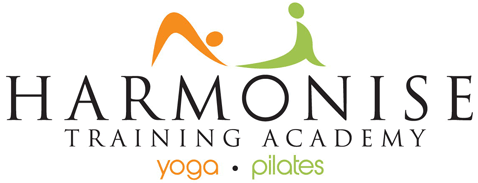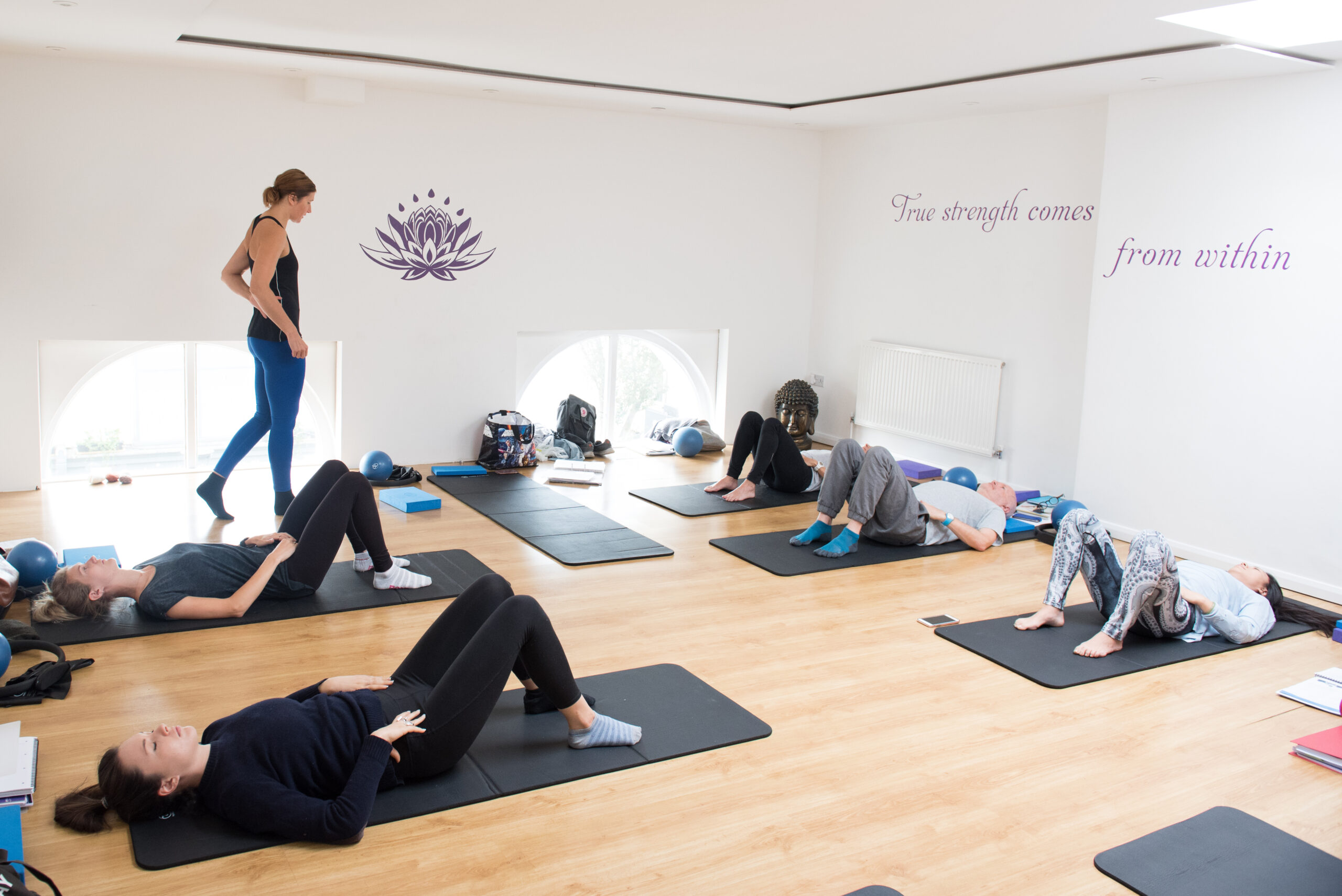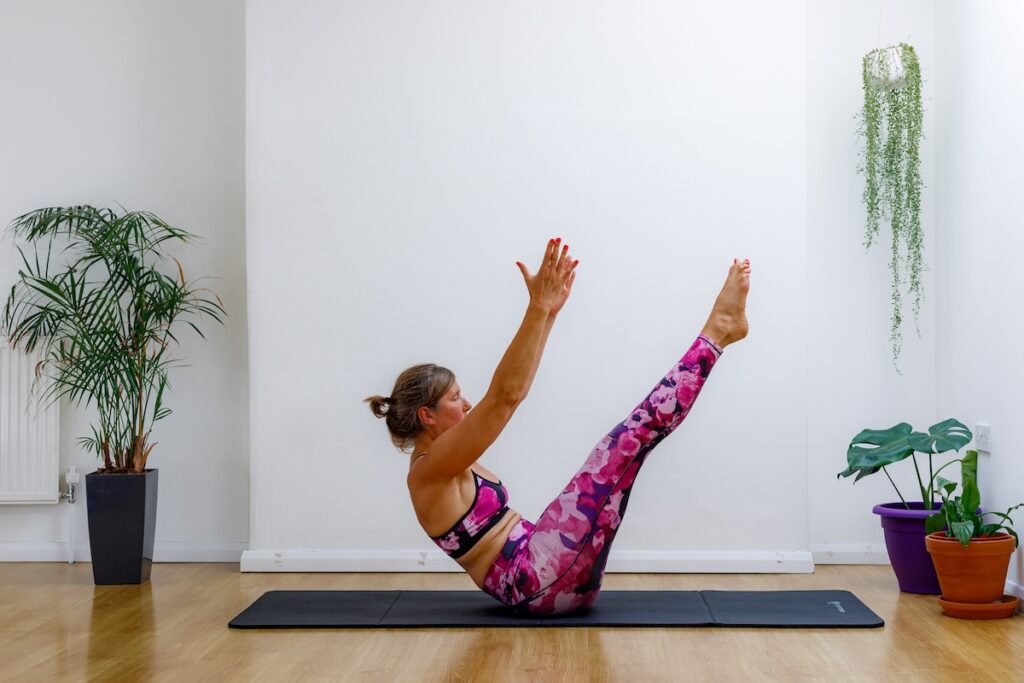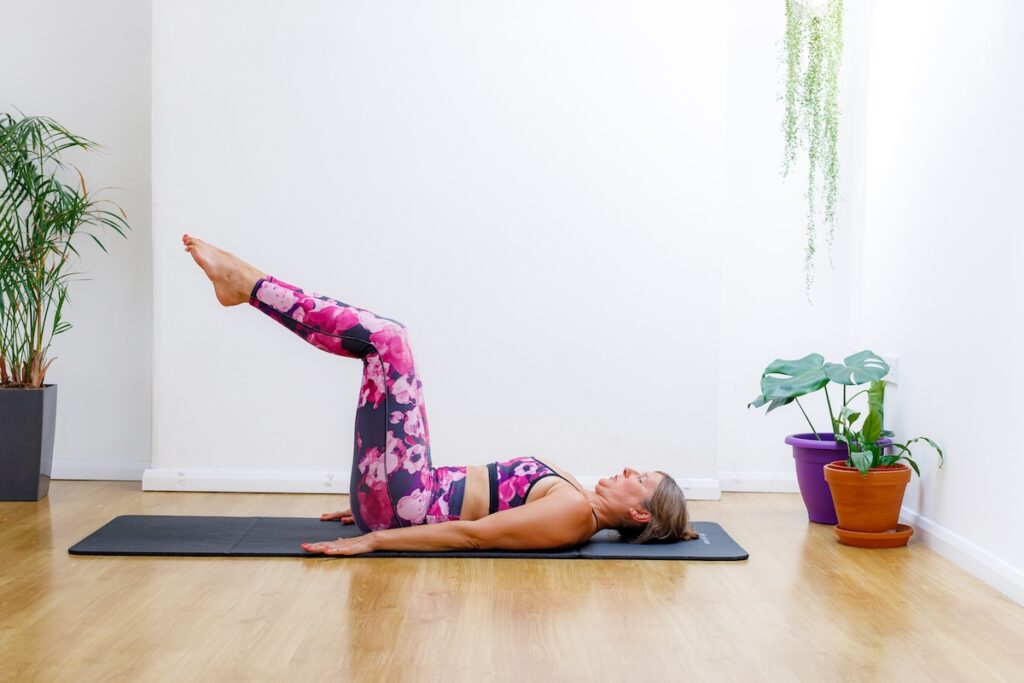The Best of Both Worlds: Classical AND Contemporary Pilates at Harmonise
When stepping into the world of Pilates, one of the first questions many aspiring instructors ask is: Should I train in Classical or Contemporary Pilates? At Harmonise Training Academy, we believe the answer doesn’t have to be one or the other. In fact, our approach to Pilates teacher training is about integration, honouring the structure and wisdom of the classical method while embracing the creativity, adaptability, and evidence-based insights that contemporary teaching offers.
Understanding the Two Worlds
Before we share how we work at Harmonise, it’s helpful to understand the distinction between Classical and Contemporary Pilates:
Classical Pilates stays true to Joseph Pilates’ original 34 mat exercises, taught in a set sequence. It prioritises flow, control, and precision, with an emphasis on consistent structure and seamless transitions. Proponents of this approach view the sequence as the gold standard, encouraging mastery of the original method.
“Contrology is designed to give you suppleness, natural grace, and skill that will be unmistakably reflected in the way you walk, in the way you play, and in the way you work.”
Joseph Pilates
Contemporary Pilates, incorporates modern anatomical and movement science including influences from physical therapy and other modalities. The teaching method includes offering modifications and adaptations based on an individual’s body type, needs and abilities. It encourages creative, responsive sequencing tailored to the group or client.
“The classical work is a brilliant blueprint, but we must also meet people where they are.”
Niedra Gabriel
The Harmonise Approach: The Best of Both
At Harmonise, we believe the most effective teachers are those who understand the roots of the method and know how to adapt and respond intelligently to the bodies in front of them.
We introduce you to the full classical mat repertoire in its original order, so you’ll learn and experience the flow just as Joseph Pilates intended. These exercises offer an incredible foundation for building strength, alignment, and control. Understanding the classical sequence is important not only from a historical perspective, but because it provides valuable insights into movement progression, patterning, and the intelligent design of the method itself.
While we respect the classical framework, we also recognise that every body is different.
Not everyone who walks into a class will be ready to perform the original exercises in their original form. That’s why we place strong emphasis on how to assess, adapt to, and support students of all levels and abilities. This includes learning how to break down and modify complex exercises, cue progressively, and understand common postural patterns and health considerations.
We teach a variety of foundational principles and preparatory exercises to help students build towards the classical 34, if and when that’s appropriate for them. For some, these foundations alone may be exactly what they need.
Teaching the person, not just the sequence
Over the past decade of running Pilates Teacher Training Courses, we’ve consistently seen that the keystone to great teaching is confidence, and that confidence is fuelled by each teacher’s unique spark. The blending of Classical and Contemporary approaches reflects this beautifully. We honour the backbone of the 34 classical mat exercises while also celebrating individuality by supporting our trainees to develop their unique teaching voice.
We guide our trainees to teach a given repertoire AND confidently create their own tailored sequences. This approach ensures you’ll learn how to plan safe, thoughtful sessions that deepen your understanding of anatomy, physiology, and functional movement, while also staying responsive, creative, and student-centred. We believe flexibility in teaching is key. It doesn’t dilute the method; it upholds its purpose: to foster a deep mind–body connection while improving strength, mobility, flexibility, and postural alignment for healing and optimal biomechanical efficiency.
A good Pilates teacher knows the repertoire.
A great one knows how to meet the needs of their students.
Flow Is a Goal, Not a Starting Point
Pilates is often associated with fluid, graceful transitions, and we agree that the classical style of movement is a beautiful and powerful part of the practice. However, jumping straight into the full 34-exercise sequence, which includes advanced postures, can compromise form and potentially be unsafe.
It takes time to develop the body awareness and control needed to move seamlessly through these more complex exercises. At Harmonise, we help our trainees build towards flow progressively, starting with more accessible movements to develop confidence and precision. We view the full classical sequence as a more advanced layer of practice, which may be introduced when the fundamentals are strong, depending on the teacher, the student, and the setting.
The Harmonise Philosophy
We don’t believe you need to ‘choose a side’. Instead, we empower our learners to teach with both structure and sensitivity, to honour lineage while being adaptable, and grounded in purpose.
Our graduates leave with the knowledge, skills and tools to:
- understand and respect the intelligent design of the classical method and it’s principles;
- confidently adapt exercises for different abilities and bodies;
- teach both set sequences and responsive, customised flows;
- create intelligent, inspiring lesson plans for real people;
- stay grounded in purpose and connected to the why behind the movement.
Whether you’re drawn to the clarity of Classical Pilates or the creativity of Contemporary methods, at Harmonise, you’ll find a home that nurtures both knowledge and intuition. We’ll support you to become the kind of teacher who’s not just technically skilled, but also holistically minded and beautifully adaptable, someone who can honour tradition while meeting students where they are.
Because in the end, Pilates isn’t about doing it the “right” way, it’s about helping people move better, feel better, and heal through movement.
If you’d like to find out more about our Level 3 Pilates Teacher Training Program, including receiving acces to Free taster classes, an interactive course overview & FAQs, Free access to our online studio, a 1:1 zoom call with course tutor, Clare, and how to save up to £450 off the full couse fee, sign up here and we’ll send you all this & more in a couple of emails.
“Every moment of your life can be the beginning of great things.”
Joseph Pilates
Article by: Clare Francis






